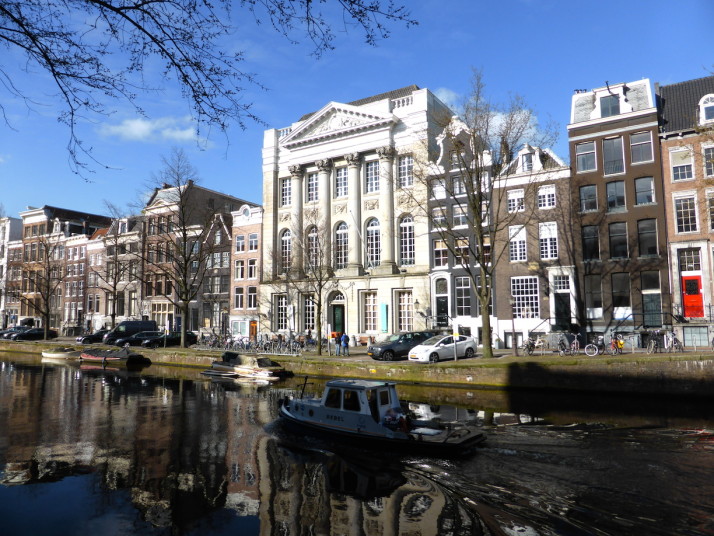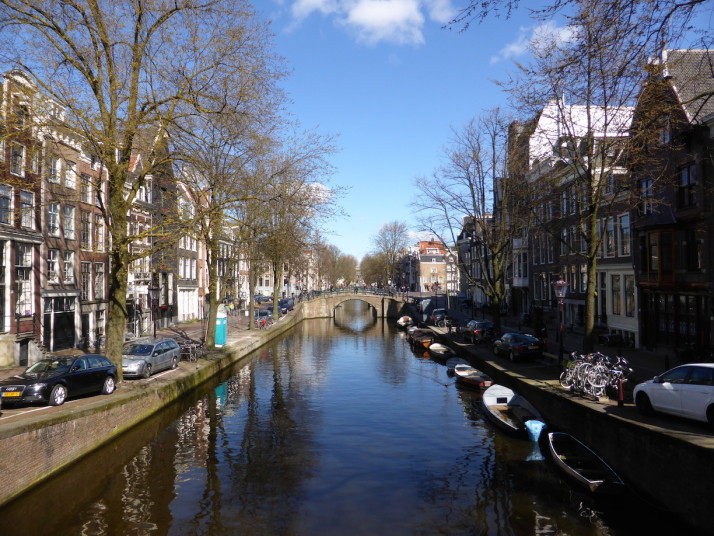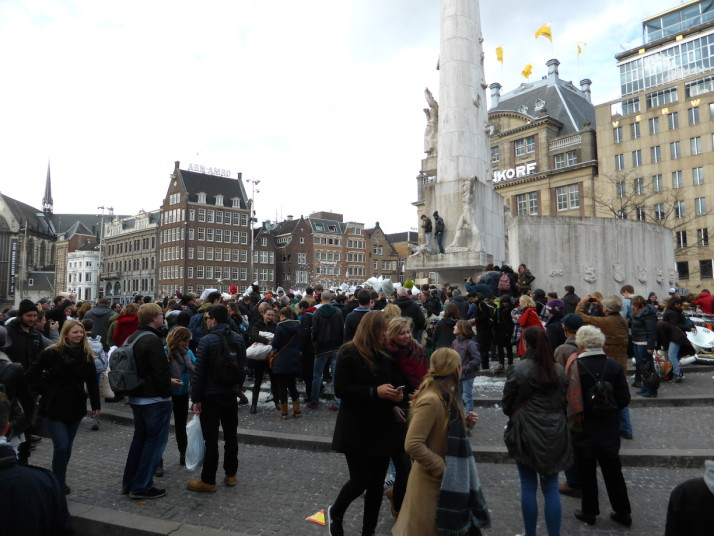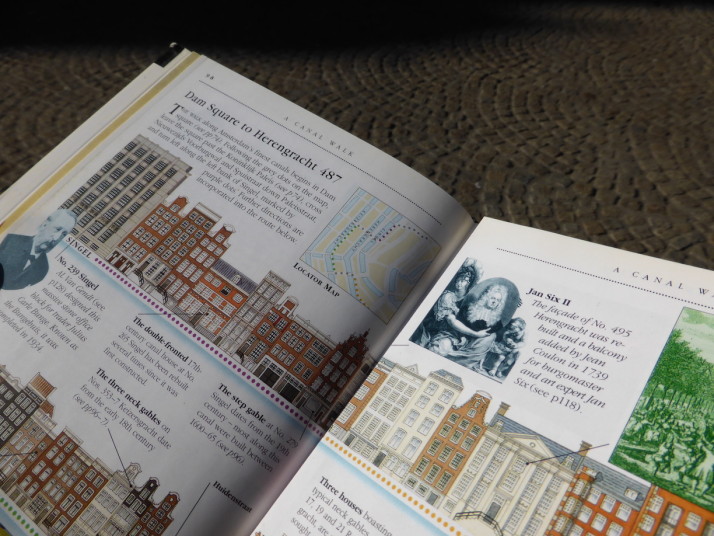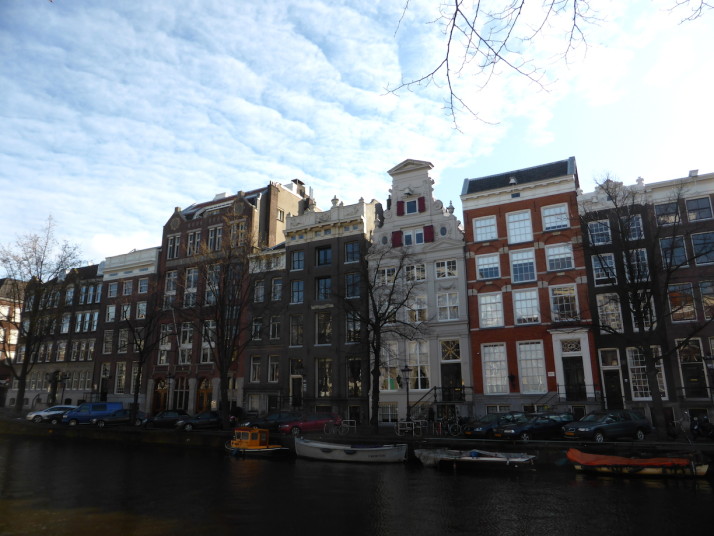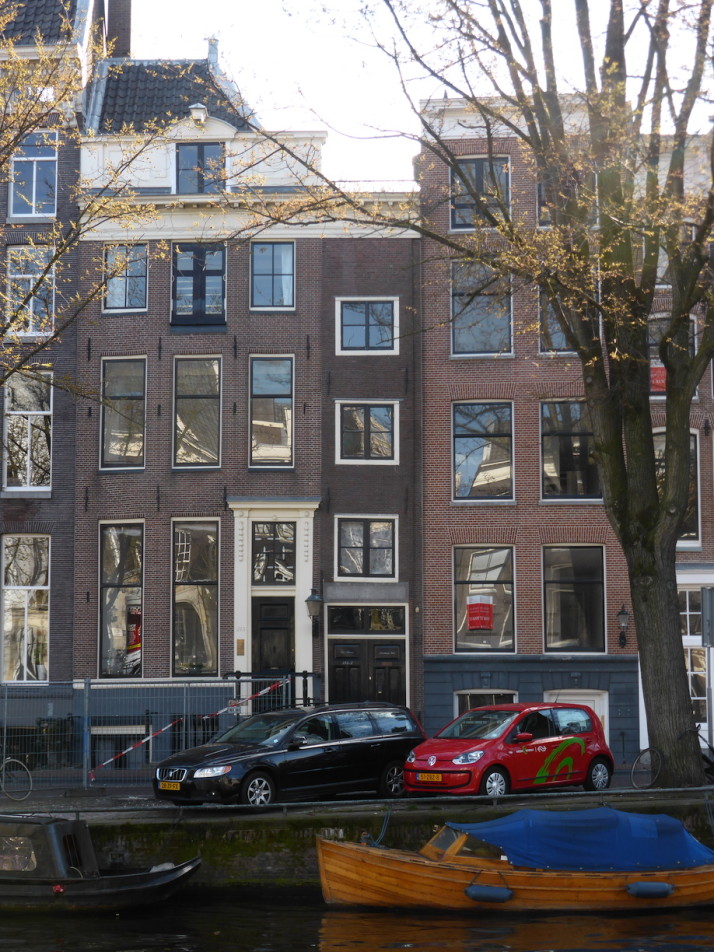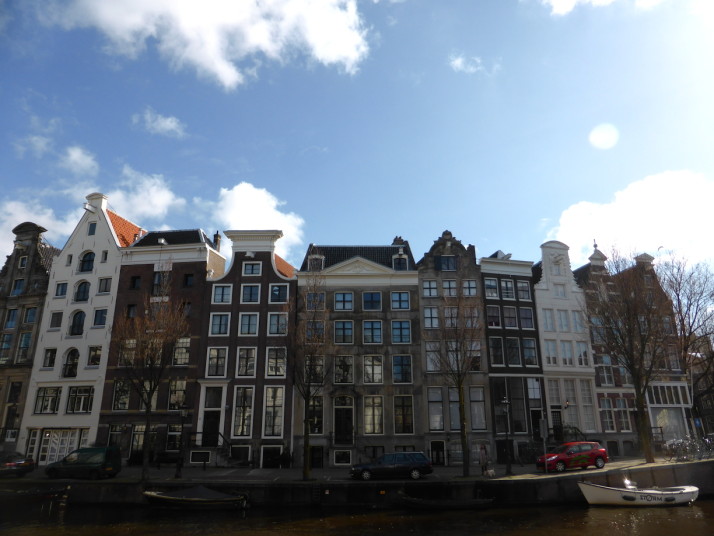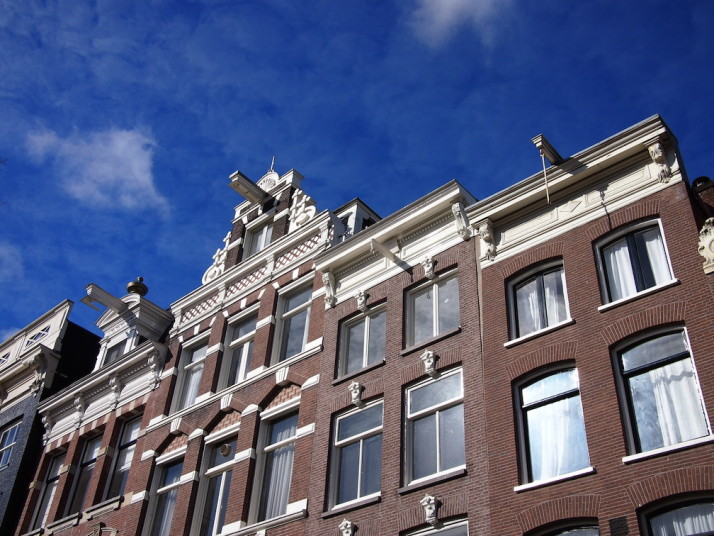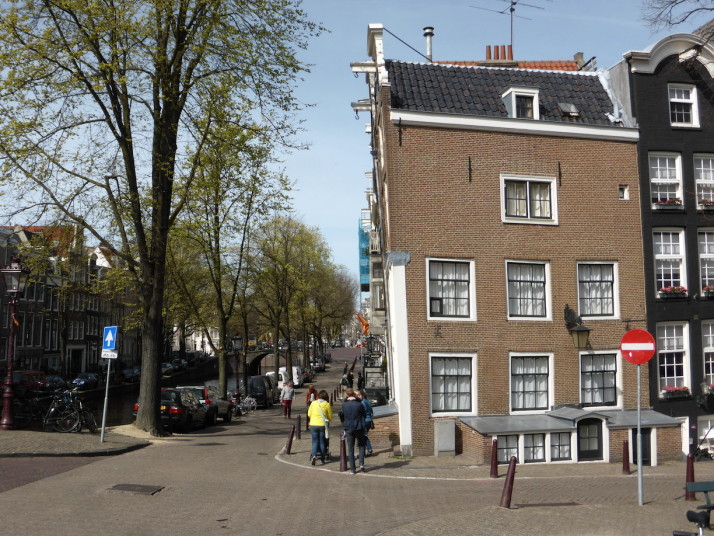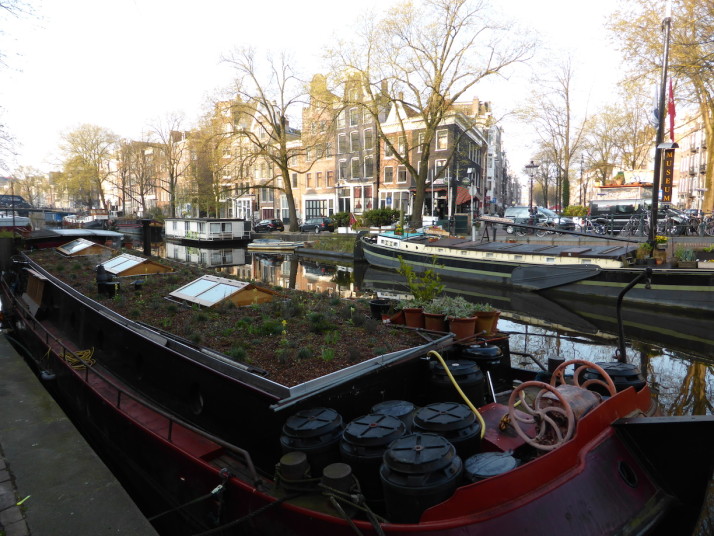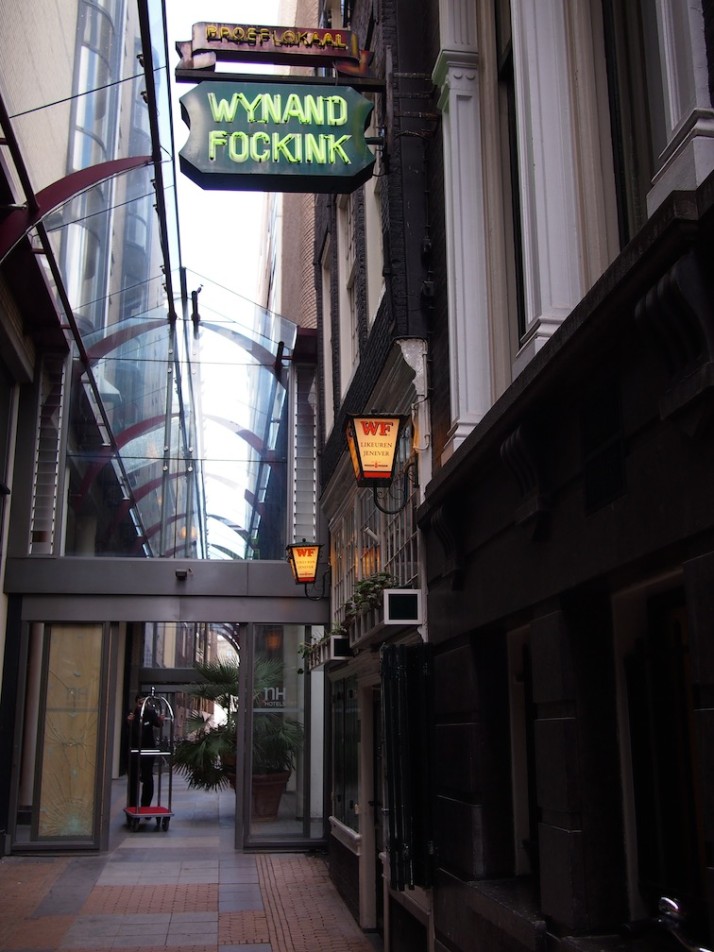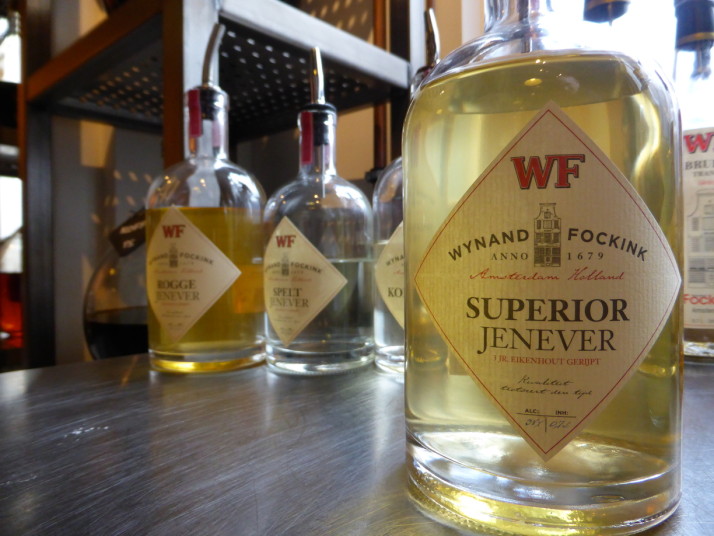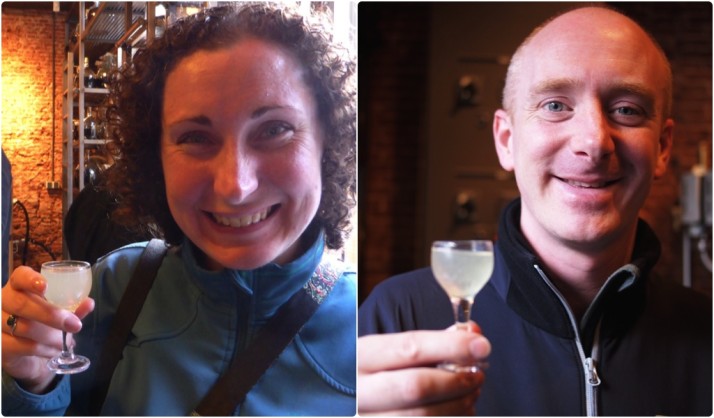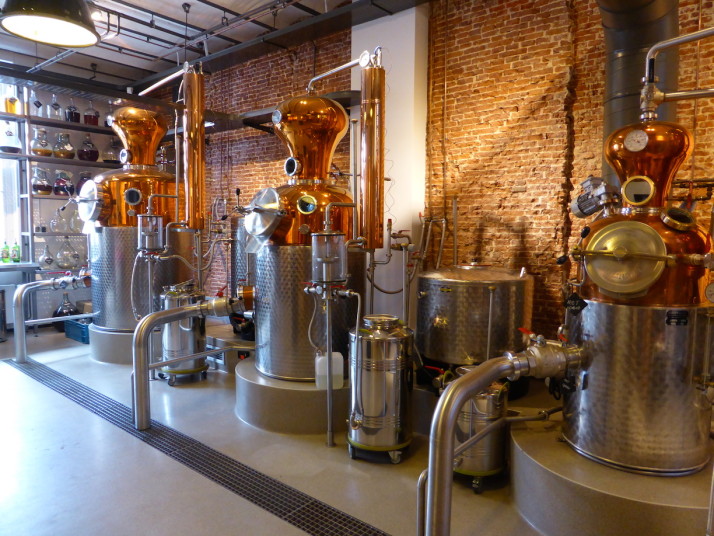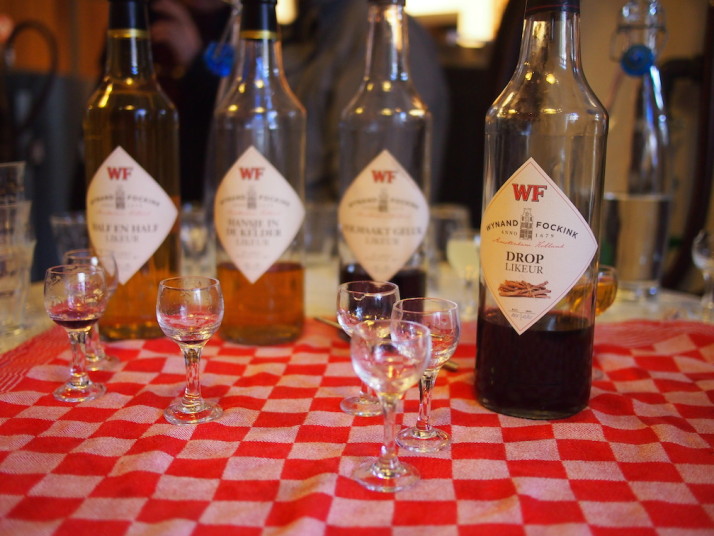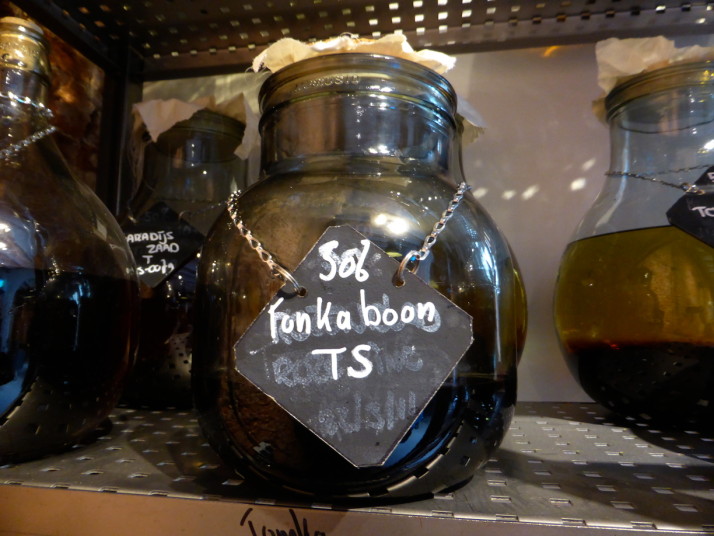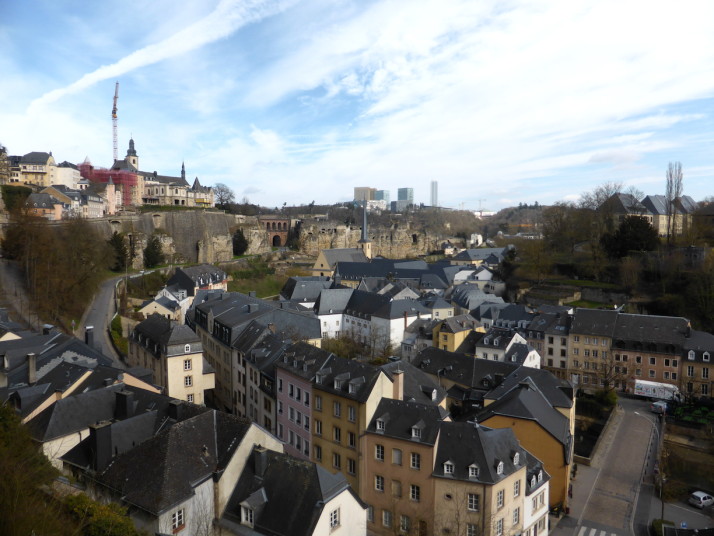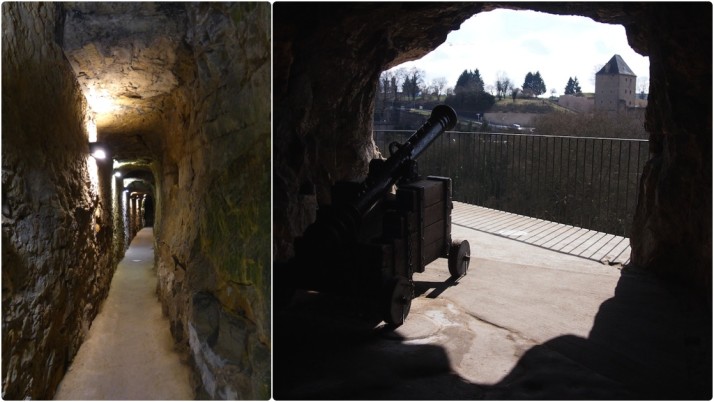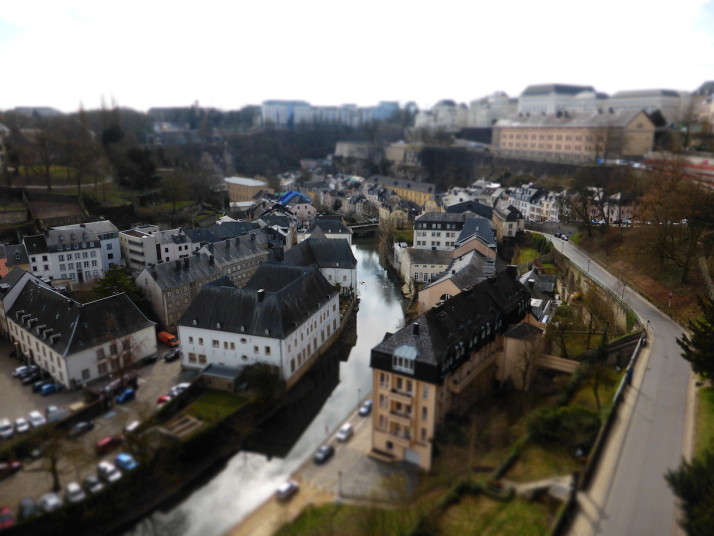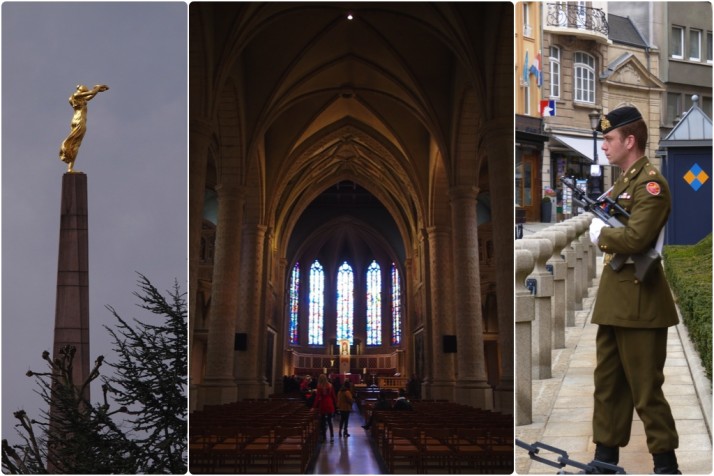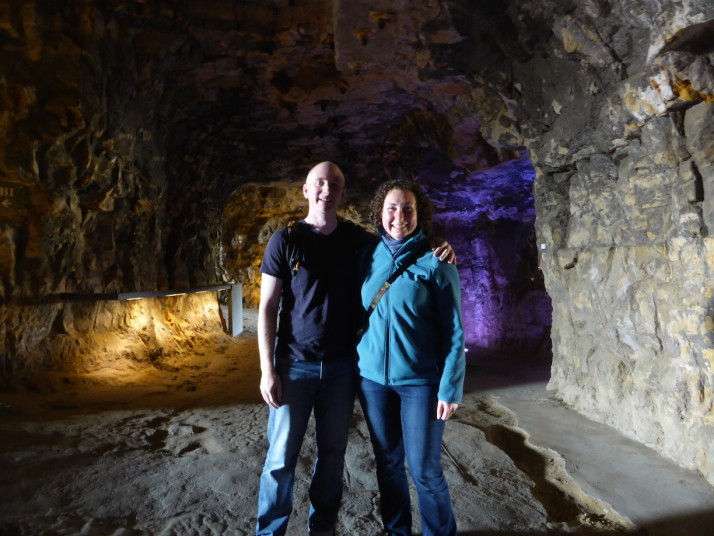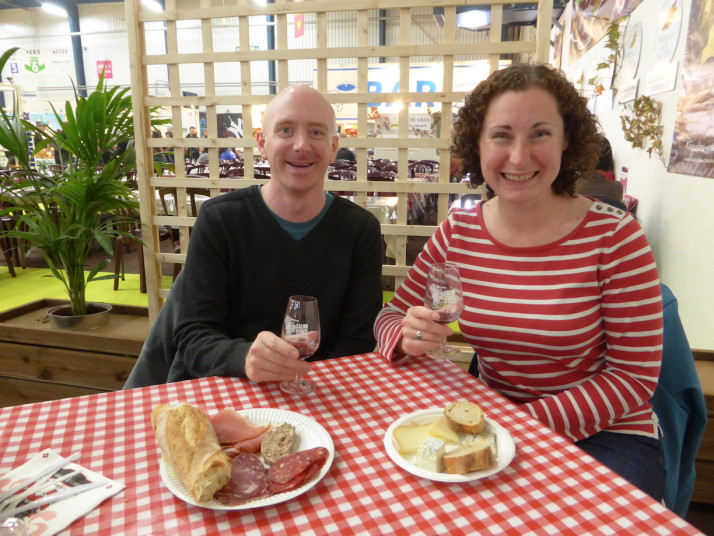One of the questions we ask ourselves in the summary posts is “Apart from family and friends, what are you missing most about life in the UK?” and while it’s a fun way to think about the differences we experience every day, it’s probably the toughest question because we dearly miss our family and friends back home. With that said, we’ve become quite the easy solution to our family’s holiday destination conundrums, as they just ask where we’ll be at a future point in time and they come out to travel with us!
Julie’s parents joined us for a tour of northern China, her sister and family met us in Istanbul, and our great friend and quick-draw commenter extraordinaire Jo explored Vietnam and then Uzbekistan with us – and raised the quality of our editorial content with a couple of guest posts too ;o)
As we were discussing our final couple of months’ travel plans with my brother and family on Skype, we said we’d planned April would be mostly in Amsterdam. They’d booked a week or so off work in the same month but didn’t have any plans and we ended our conversation with a mutually nonchalant “we’ll look into possibly meeting up and let you know“. 2 hours later we received an ecstatically enthusiastic email from Clare that read “we’ve bought the ferry tickets – see you in Hamsterjam!” Aww yeah!
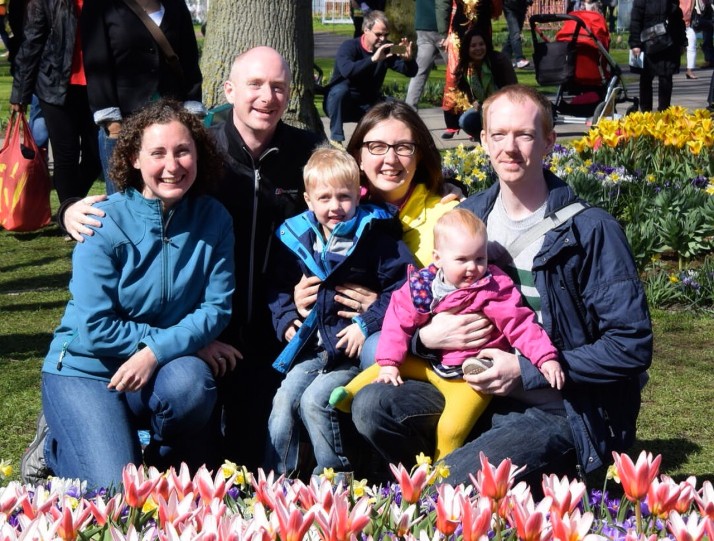
From the overnight cross-channel ferry we arranged a proper Dutch introduction to the Netherlands by meeting up at the blooming Keukenhof tulip and flower gardens! Left to right: Julie and I, Scott, Clare, Emma and Dan
Blessed with bright but occasionally brisk spring weather throughout their visit, we spent almost every day together even though our apartment was in the centre of Amsterdam and they’d booked a nice static caravan at the closest Eurocamp about an hour away. With an eye on the weekly tulip forecast, we decided to meet up at the Keukenhof gardens which was just starting to come into season..
Keukenhof – Tulips
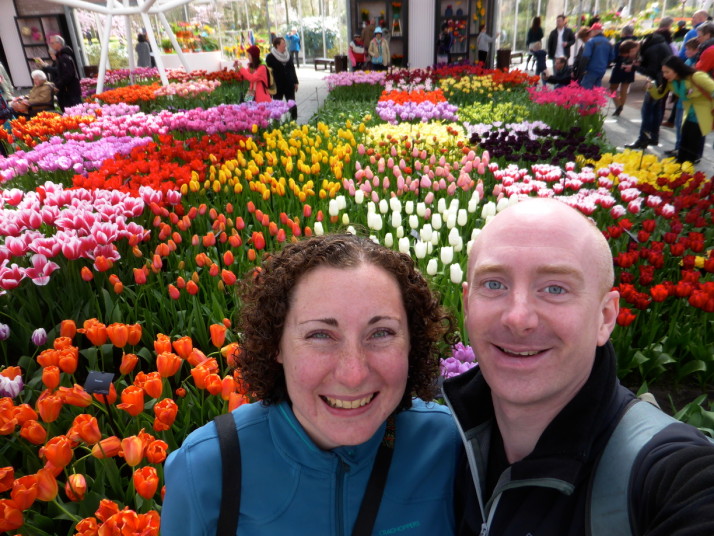
Julie and I arrived early – just enough time for a quick selfie with the tulpen! (‘tulips’ in Dutch)
The Keukenhof gardens are one of the biggest and busiest annual attractions in Holland, and we couldn’t think of a more naturally beautiful setting for a family reunion, and a typically Dutch start to their family holiday with fields of tulips, mini canals and a windmill!
Julie and I arrived a little bit early and did a quick whirlwind of the park taking far too many photographs of the tulips covered in dew glistening in the gorgeous early morning light.
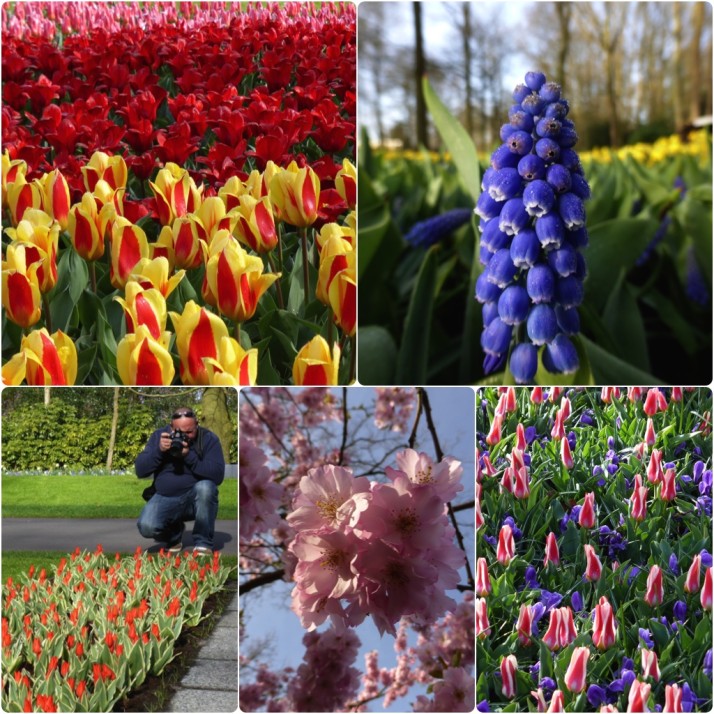
It was still about a week or so too early for the tulips outside to be at their best, but there were an inexhaustible array of colours on display inside the greenhouses and outside in the other flower beds. The immaculate gardens reminded us of the manicured Japanese gardens, especially as there was an odd cherry tree in bloom here too! Clockwise from top-left: Tulips, tulips, everywhere we looked; Grape hyacinth; More tulips!; Cherry tree in beautiful full bloom; We weren’t the only ones that couldn’t stop taking photos!
We’d been eagerly anticipating our get-together as we hadn’t seen Dan, Clare and Scott for 25 months, and Emma, well, she’s 14 months old so for all we’d seen her on Skype, this was the first time we met. Scott ran to meet us with fantastic hugs but Emma took her time to decide if we were OK, and after about 10 minutes she’d made up her mind and started smiling!
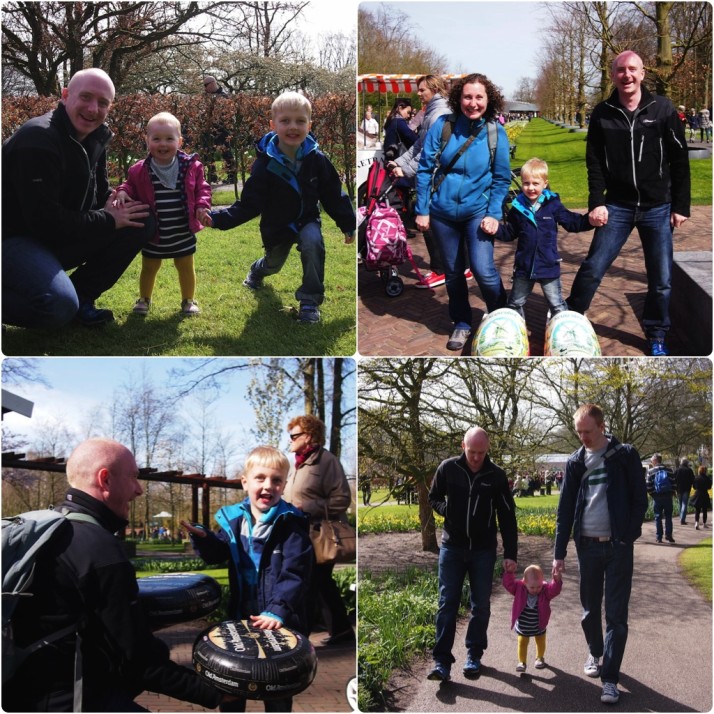
Catching up amongst the tulips, and getting acquainted with my new niece! Clockwise from top-left: Playing with Emma and Scott; These clogs are big enough for 3! – Julie, Scott and I; Walking Emma with her Dad; Playing the (fake plastic) cheese drums with Scott!
Zaanse Schans – Windmills and old Dutch industry
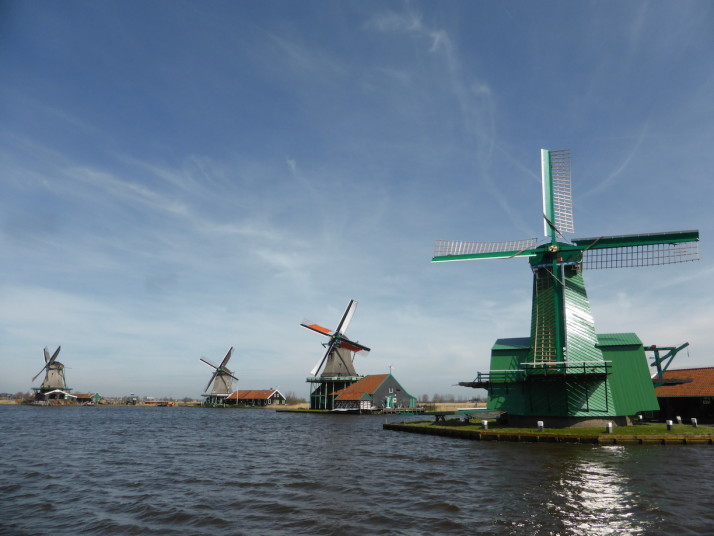
The windmills of Zaanse Schans – the powerhouses of Dutch industry in the 18th and 19th centuries
Continuing our immersion in Dutch culture, we spent a day at Zaanse Schans which is a free, open-air museum showcasing the beginnings of the early industrial way of life from the 18th and 19th centuries. We especially liked the diversity of the windmills that have been saved from dereliction and destruction across the Netherlands and have been lovingly restored. I hadn’t really considered it before, but windmills can be used for all sorts of processes besides milling grain into flour, such as grinding spices, cutting trees up as a sawmill, stirring milk to make cheese and even making pigments for paint!
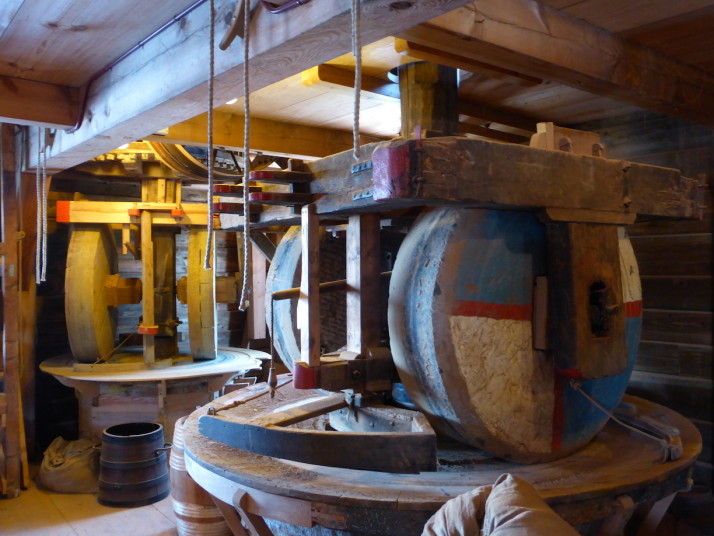
The spice grinding windmill was much bigger inside than we expected – it had space for 4 sets of crushing wheels all powered by the sails above. The ropes hanging down from the ceiling control the gears which start and stop each station – very clever. Oh, and it smelt wonderful inside!
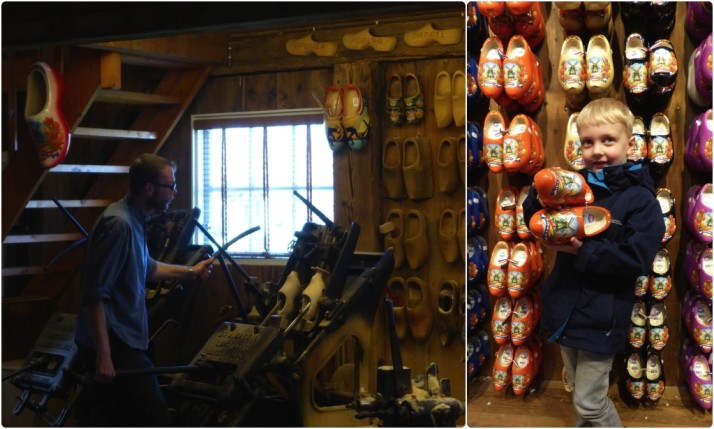
Scott and I were fascinated by the clog making demonstration where they took a quarter chunk of tree and turned it into a shoe in about 6 or 7 minutes! We watched it twice and we took lots of photos, then Scott modelled some from the gift shop – what an adorable little poser!
While entrance to the area and the demonstrations are free, most of the space in the windmills and attached barns is given over to gift shops which usually have free samples! As we’d brought our own lunch it turned out to be quite a cheap family day out too.
Alkmaar – Cheese Market
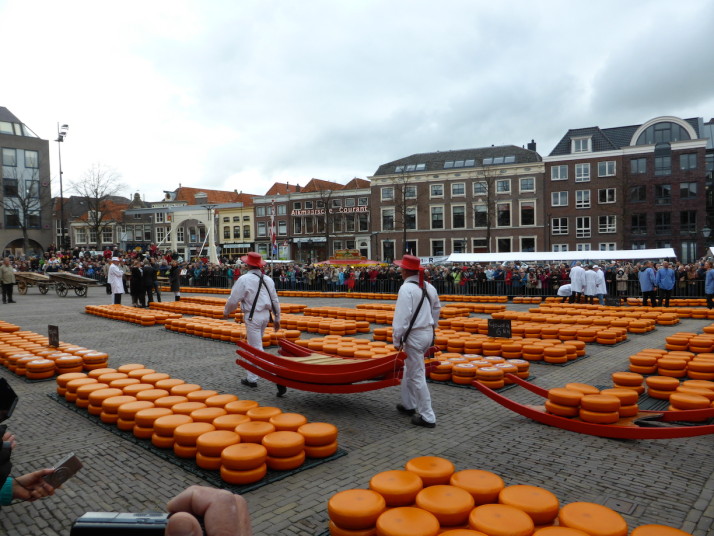
The start of the weekly “kaasmarkt” or cheese market in the small town of Alkmaar just north of Amsterdam. Here two members of the cheese carriers guild carry out special cheese barrows which weigh about 25kg each – later they’ll be loaded with 8 of the bright orange Gouda rounds, each weighing 13.5kg, that’s 130kg total!
Having frolicked through the tulips at Keukenhof and watched clogs being made in a windmill at Zaanse Schans, the only remaining experience on our fun-packed family friendly tour of Dutch culture was cheese – and we hit the jackpot!
The small town of Alkmaar is one of only 4 in the Netherlands that regularly reenacts the cheese auctions of yesteryear. This weekly show starts at 7am when the “kaaszetters” or cheese-setters unload the cheese from the local dairies onto pallets laid out in the Waagplein outside the Waaggebouw for inspection. “Waag” means weigh, “plein” means square and “gebouw” means house or building.
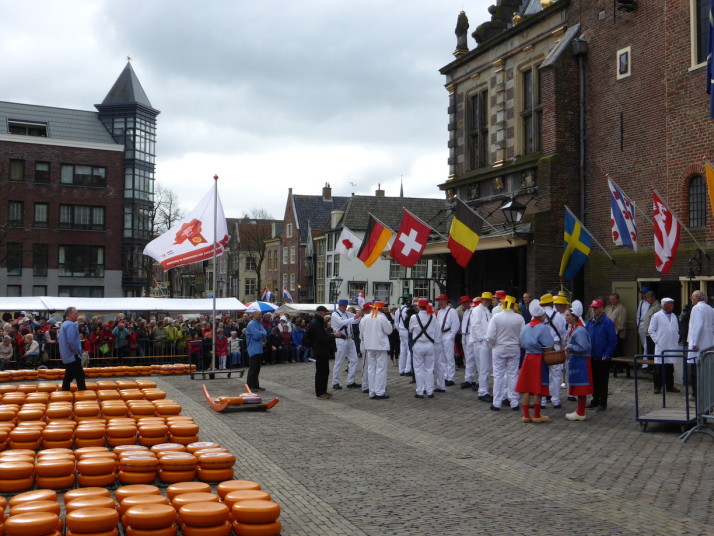
Waiting for the cheese bell to toll – the guys in white with the coloured straw hats are the cheese runners, the guys in light blue to the left are cheese-setters (they handle the cheese directly), and the two men dressed in white coats to the far right are samplers who negotiate the prices
At 9:30 the “kaasvader” or cheese father calls the roll of cheese carriers and divides them up to cover the area of the market. At 10:00 on the dot the market officially opens with a toll of the bells from the Waaggebouw tower, and the traders and samplers start working their way around the orange carpet of creaminess knocking, sampling with a corkscrew-like doweling rod and finally cutting a cheese from each batch in half to check the number of eyes, or holes, present.
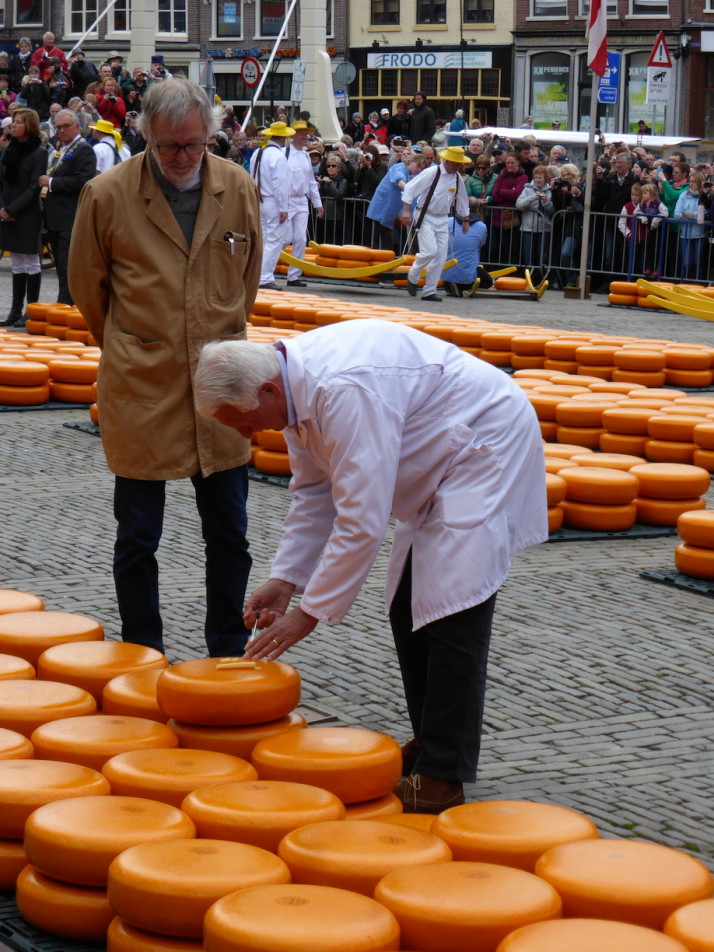
Here a sampler and trader inspect a cheese chosen at random from a pallet in the market
Once each batch of cheese is inspected a ritual of hand slapping is performed – kind of like a cross between a handshake and a game of pat-a-cake, where the sampler and trader shout prices back and forth until they finally grasp hands in agreement – the wholesale price of the batch is set and must be weighed before purchase. This is where the cheese-runners come in..
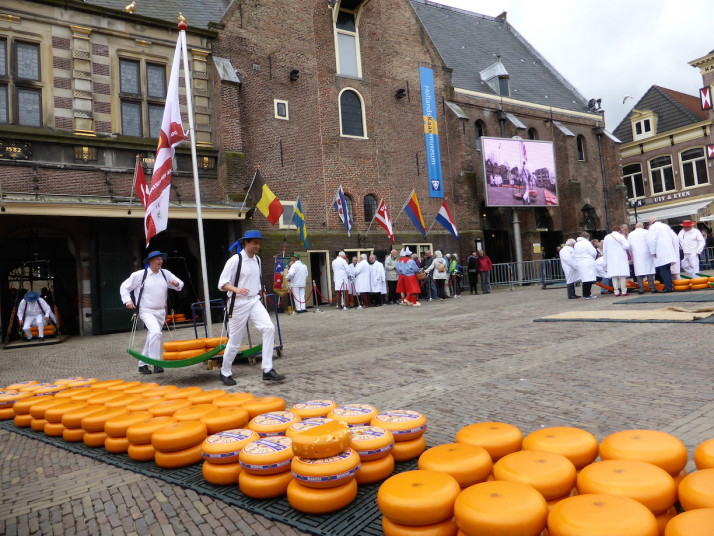
Having transported the cheese to the Waaggebouw for weighing, the cheese-runners then run it back through the market to be loaded onto the trader’s cart. Photo credit: Scott Freemantle
After all the excitement of hand slapping and running cheeses hither and thither we wandered the narrow cobbled pedestrian streets of Alkmaar, which felt like a mini Amsterdam with its narrower canals and leaning narrow houses.
We ended another lovely day together with Scott’s favourite lunch: cheese sandwiches – what else!

 two year trip
two year trip